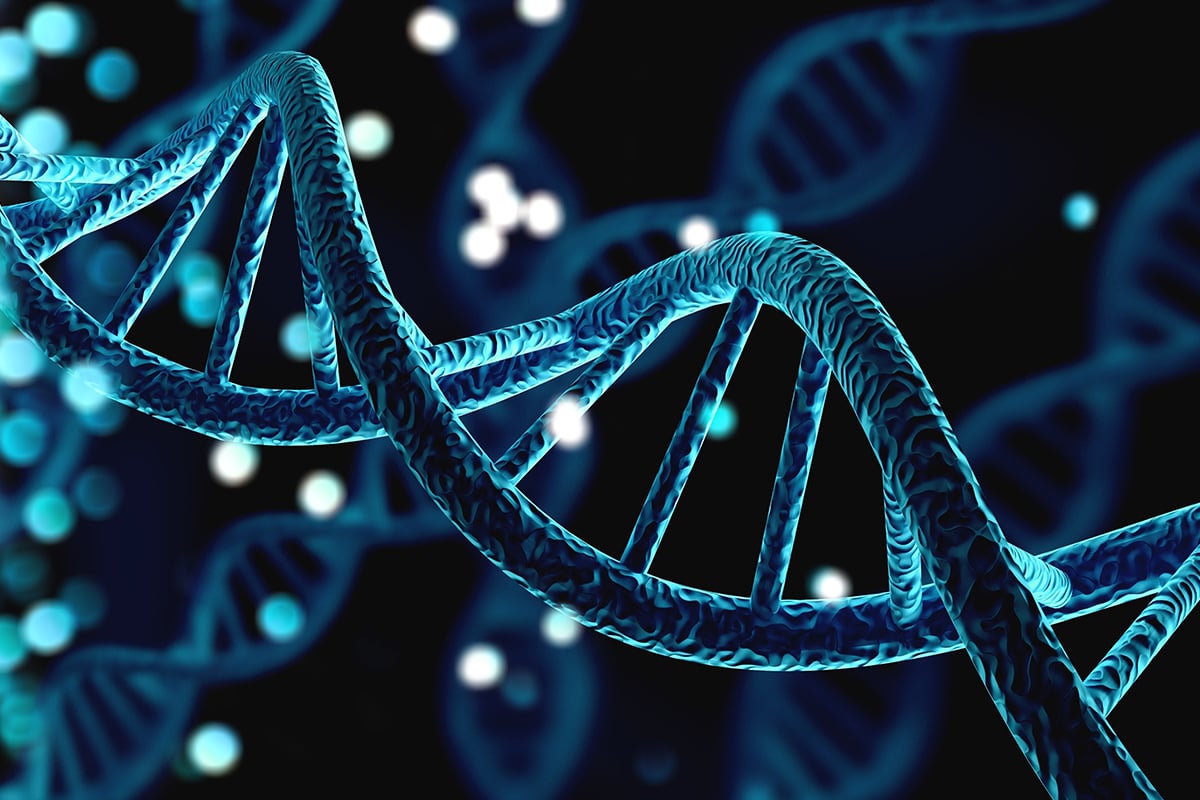In a remarkable leap for technology, researchers in the United Kingdom have managed to store the entire human genome on a “5D memory crystal.” This innovative advancement holds promise not just for preserving human history but also for reviving humanity, endangered species, and plants in the distant future. Developed by the Optoelectronics Research Centre at the University of Southampton, this crystal is capable of storing massive amounts of data and withstanding extreme conditions for billions of years.
Next-Generation Data Storage
The 5D memory crystal is capable of holding up to 360 terabytes of data, which is the equivalent of more than 10,000 Blu-ray discs. Its durability is what sets it apart—it can endure temperatures of up to 1,000 degrees Celsius, intense cold, cosmic radiation, and even severe physical impacts. These features earned the crystal a Guinness World Record in 2014 for its durability, making it the most resilient data storage material in existence.
Researchers at the University of Southampton used ultra-fast lasers to inscribe data into nanostructures, just 20 nanometers in size, within the crystal. The term “5D” refers to the five dimensions in which this data is stored: height, width, length, orientation, and position of the nanostructures. This method provides a dense, durable, and highly reliable storage system, which could remain intact for billions of years without degradation.
Preserving Life’s Blueprint
Beyond storing the human genome, the scientists behind this technology envision its use as an archive for endangered species, plants, and crucial Earth life forms. The 5D memory crystal could serve as a backup of life, preserving vital genetic information to revive species long after they’ve gone extinct. This concept is invaluable as climate change and human activities continue to threaten biodiversity.
To ensure future generations—human or otherwise—can access the data, the researchers embedded a visual key within the crystal. This key provides instructions on what data is stored and how to retrieve it, ensuring its usability for advanced or even primitive civilizations.
Securing Knowledge for Millennia
While this 5D memory crystal is an extraordinary achievement, there are concerns about its practical application far into the future. Though the crystal is designed to last billions of years, ensuring that future generations possess the necessary knowledge or tools to access it is a different challenge. Given how quickly technology evolves—consider how hard it is to access data from even a few decades ago—this presents a real concern. However, the visual key embedded in the crystal aims to provide essential guidance to those who discover it.
For now, the crystal is stored in the Memory of Mankind archive, housed within a secure salt cave in Austria. This carefully selected location protects the crystal from environmental damage and ensures its preservation for millennia to come.
Previous Uses and Future Endeavors
This isn’t the first time this technology has been utilized for important preservation efforts. In 2018, the team behind the 5D crystal stored the “Foundation” trilogy by science fiction writer Isaac Asimov using this method. The crystal containing these works was launched into space aboard a Tesla Roadster, a symbolic gesture towards preserving humanity’s knowledge in the vast reaches of the cosmos.
In addition to literature, the crystal has stored some of humanity’s most important legal documents, including the Universal Declaration of Human Rights and the Magna Carta. These documents, symbolizing our moral and legal milestones, are now preserved in a form that could survive long after traditional media like paper or digital files deteriorate.
Looking ahead, scientists are working on other initiatives to secure Earth’s genetic diversity. One proposal is to create a cryogenic biobank on the moon, storing seeds, DNA samples, and biological materials to safeguard against global catastrophes.
A Step Toward the Future
The 5D memory crystal offers an unprecedented approach to data preservation and biodiversity conservation. As science continues to evolve, this crystal serves as a vital tool for safeguarding the legacy of life on Earth. While uncertainties remain about how future generations will engage with this technology, its creation is a monumental step in ensuring that humanity’s story—and the stories of the species we share this planet with—can endure for billions of years.
Though challenges persist, the potential impact of this groundbreaking invention cannot be overstated—it is a glimpse into the future of preservation on a global scale.







